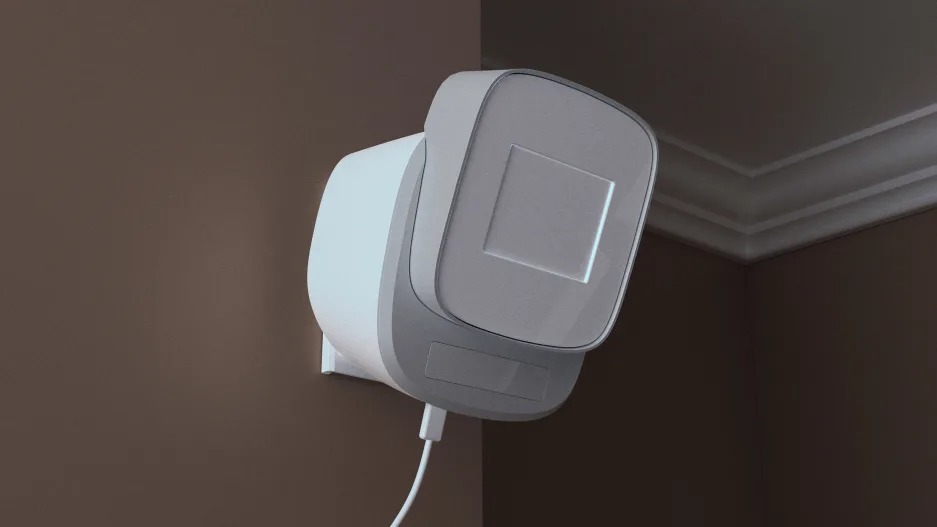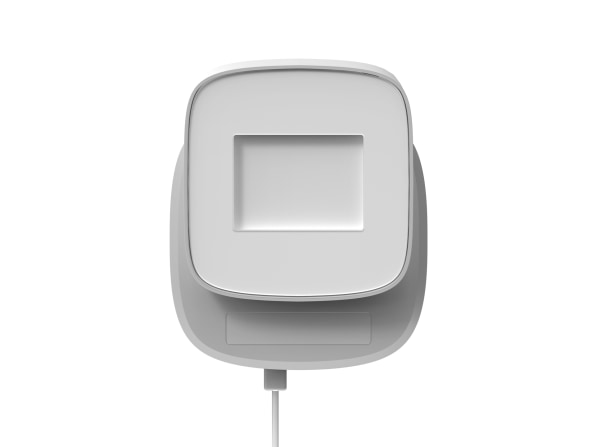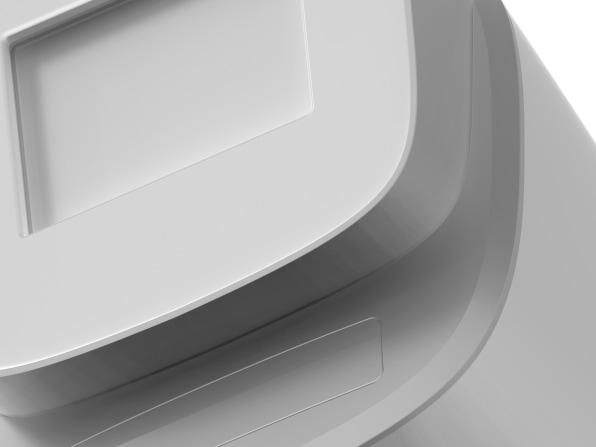- | 9:00 am
Can this tiny device save you from the flu?
Beacon is part of the booming disinfection equipment market that’s aiming to banish germs from your home.

The year is 2020. The month is April. And serial entrepreneur Brian Clark has just come across early research on a new frequency of light that can zap airborne viruses. Known as far-UVC (we’ll come back to that) the light emits low doses of a particular wavelength of ultraviolet light, which can kill viruses and bacteria without harming human skin (like conventional UV light does). “Why isn’t this everywhere?” he thinks to himself.

Three years later, his answer has now arrived in the form of Beacon—a $499 wall-mounted disinfection device that the company claims can kill up to 99.99% of bacteria, viruses, and pathogens (including Covid-19, the flu, MERS, e.coli, etc.) in an individual room, like, say a living room, or a bedroom, in under 10 minutes. And it uses nothing but far-UVC light.
In the years since the Covid-19 pandemic shone a light on the importance of clean indoor air, many other companies have jumped on the far-UVC light bandwagon. Perhaps the most poetic solution so far came from Studio Roosegaarde, which in 2021 designed a far-UVC street lamp called Urban Sun. But the list also includes about a dozen companies, from Lumen Labs’s Lumenizer, which sits on the ceiling and looks like it came out from a sci-fi movie, to R Zero’s Arc, an eight-foot-tall cylinder that’s decked out with no less than eight tube lights. Some of these products can be used in occupied spaces, others are only meant to be used in empty rooms.
Beacon sits in that first category. Like its competitors, the company is hoping to take a bite of the global UV disinfection equipment market, which is expected to reach $5.9 billion by 2027. (Already, high traffic spaces like hospitals and airports, are using UV lights—and UV robots—to cut transmissions of superbugs.) But unlike its competitors, most of which are designed for commercial use and are much larger, Beacon boasts a low profile that’s meant to blend in with your home.

At first glance, Beacon looks like an oversized night light (about four by six inches big) with an LED screen on its front, but that screen is actually where the far-UVC light comes from, courtesy of a far-UVC light bulb. There’s a button to turn the device on and off. When it’s on, that screen glows in a soft purple that was added to show that the light is operational. And that’s it. No intricate computer chips, no LED tubes—at least not visibly. Everything is squeezed inside the box, out of sight, out of mind.
“When you build something based on the architecture of what’s used inside, you apply a lot of constraints, so it starts to design itself in a way,” says industrial designer Zack Zlevor, who created more than 100 iterations to get to a product that was subtle (and small) enough to be mounted on the wall of your living room. But Zlevor admits it wasn’t so much about size as it was “about conveying sense of safety, something that can fit within a home in a way that feels natural and unobtrusive.”

The team is right to focus on instilling a sense of safety. Those who were paying attention in science class will remember that prolonged exposure to UV light could burn your skin and increase risk of skin cancer. But UV light comes in three distinct flavors. UVA has the longest wavelength (315-400 nanometers) and can cause skin aging and winkles. UVB has a shorter wavelength (280-315 nm) and is responsible for your sunburn and skin cancer. UVC has the shortest wavelength (100-280 nm) and, though it is often used to kill viruses and bacteria, it is the most harmful to humans and prolonged exposure can also increase the risk of cancer.
And then there is far-UVC, which a growing body of research—starting with Columbia University but also published in various scientific journals (see here, and here)—shows can kill viruses without penetrating human skin or eyes. One of these studies states that “222-nm irradiation has been found to be safe for human exposure up to thresholds that are beyond those effective for inactivating viruses.”
Still, there remains no federal government rules around the use of far-UVC light, and some experts believe the research is still too early. For now, Beacon follows threshold limits that have been set by the Illuminating Engineering Society (Beacon licensed their research and it is not available publicly). Those limits depend on factors like where the device is placed, how big your room is, and how many devices you have in the house. The team says Beacon includes technology that detects occupants and how far they are from the device, and it is constantly calculating exposure. If it senses those thresholds have been reached, it will turn off. If its sensors were to somehow malfunction, it will turn off.
“There’s significant redundancy built into this and all sorts of protection triggers,” says Clark. “The way that we design is you start with ‘safe first’ and build from there rather than start with ‘everything’s allowed’ and drop back.” (UV light is invisible to the human eye, but the team added that soft purple glow to let you know the device is on, a bit like the odor was added to help people detect a leak more easily.)
For now, Beacon’s adoption will depend on the continued development of the science behind far-UVC, how well the brand is able to communicate the potential benefits, and also public perception. According to a recent study, which surveyed 111 respondents in 2021 and 2022, people are more likely to accept far-UVC light in areas with a higher benefit-risk ratio, such as hospitals. Whether people will perceive their own home as equally deserving remains to be seen.







































